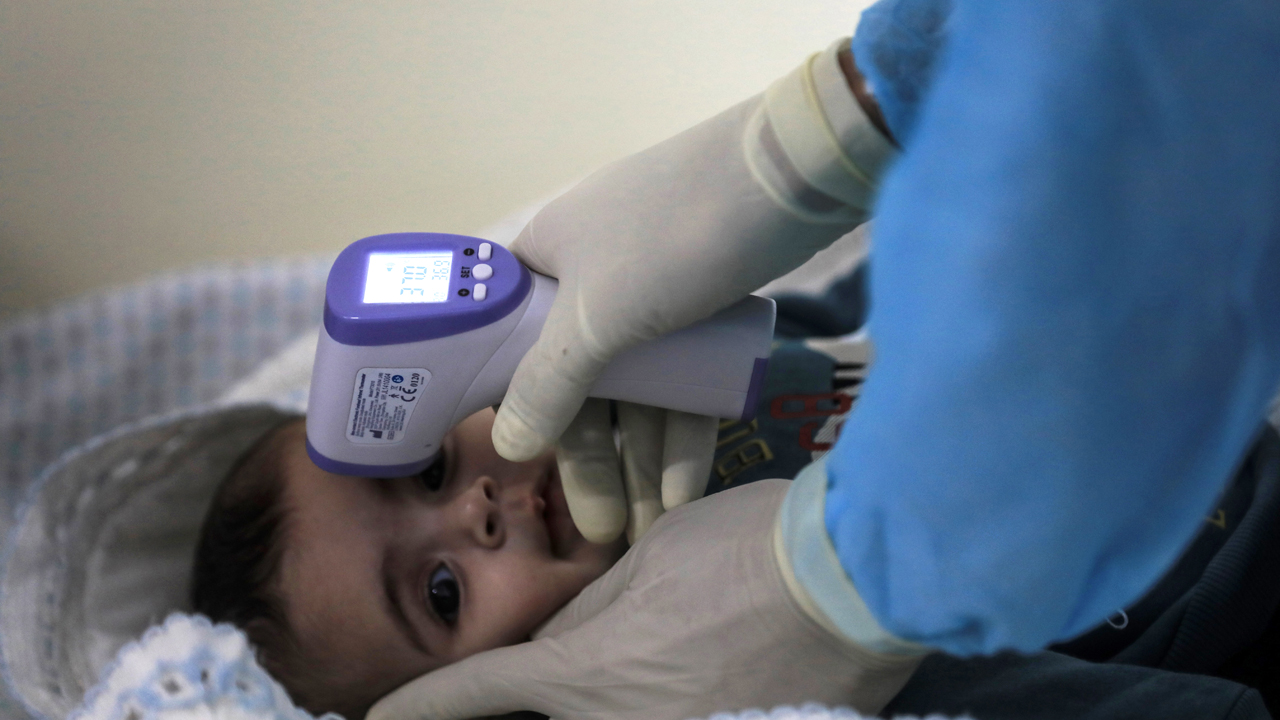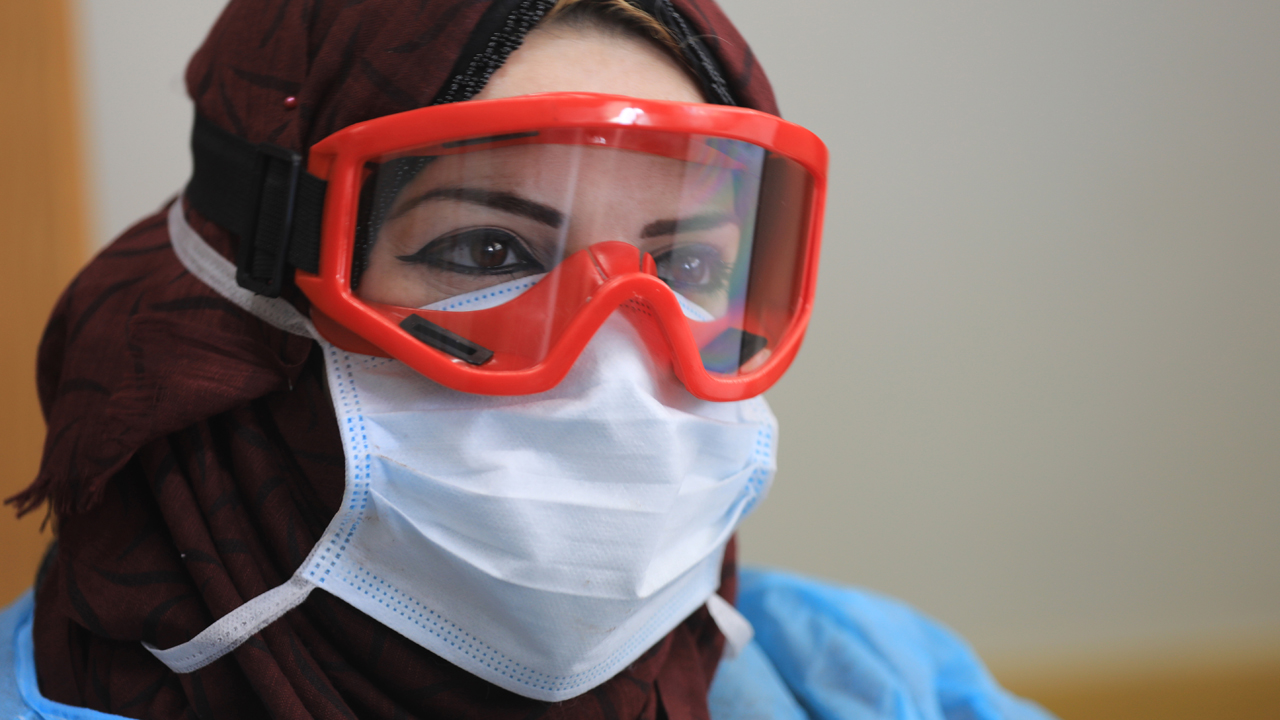[dailymotion code=”x7ssdop” autoplay=”yes”]
From a total African population of 100million in early 1900. As at year today, about a hundred years later, the population of Nigeria alone So there is no doubt that Medicine saves lives. However, sometimes we inadvertently add to the suffering of our patients through hospital-acquired infections.
This awareness is important to all health professionals in order to reduce the incidence of nosocomial (Hospital Acquired) infections, also called Healthcare-Associated Infections (HAI) in our various health facilities. We did an extensive study in which 15,202 hospital discharges were reviewed over two and a half years in Ilorin. We found a total of 637 (4.2%) HAI cases spread across various wards in the hospital. HAI was highest in the orthopaedics ward and lowest in amenity wards of O & G department, University of Ilorin Teaching hospital. Among the pathogens isolated, Klebsiella spp. was the commonest. Staphylococcus aureus, Pseudomonas aeruginosa, and E. coli were also commonly isolated.
Our study showed the reality and pattern of distribution of HAIs. We are hereby reminded of the need to put in our best towards the control of hospital-acquired infections through proper surveillance, utilization of proper aseptic procedures, regular screening of members of the health team, proper handwashing, appropriate restriction of visitors, proper antibiotic prescription policy among others, are essential for effective control of HAIs. Every standard hospital should set up Infection Control Committee (ICC) and Infection Control Team (ICT) and ensure their effectiveness (Odimayo et al 2008).
Professor Ojuawo is one of the teachers I respect highly. He is simple to the core. He taught us diarrhea diseases when we were in the Medical School. Professor Adegboro Boaz encouraged me to develop a special interest in Virology. He made arrangements for me to spend months in virology laboratories in Ibadan under Professors F. D. Adu and O. D. Olaleye where I participated in viral cultures and molecular diagnosis. I was also sent to train in immunology under Prof. Suleiman, the University of Ibadan and I had beautiful interactions with Dr Smith in Nigerian Medical Research Institute in Lagos. All these culminated in my interest Virology and additional experiences to my Microbial Pathology training. These exposures also gave me the impetus and boldness to undergo researches in virology.
Dr Sunday Omilabu (Now a Professor) is a jolly good fellow. Very knowledgeable, friendly and quite supportive. I worked on rotavirus in his laboratory. He co-supervised my National Postgraduate Medical College thesis with Professor Boaz Adegboro. The aim of the research was to determine the prevalence of rotavirus induced diarrhoea among children under 5 years in Ilorin, Nigeria. ELISA and Electropherotyping (a molecular technique) were used on all samples. This was different from what other researchers on rotavirus who worked before me in Nigeria did. I ran ELISA and did electropherotyping on all stool samples. It was tedious but highly rewarding! This is because the efforts helped to identify both group A (commonly detected by ELISA) and non-group A rotaviruses (not detectable by ELISA). We found a prevalence of 55.9% of rotavirus among patients with diarrhoea and none in the control.

Furthermore, we found that the younger the age, the higher the likelihood that rotavirus is the cause of the diarrhoea. Rotavirus was also associated with high risks of dehydration and death. We advocated rehydration and call for detection of rotavirus in our routine laboratory medicine practice. The outcome of the study drew attention both locally and internationally. It was ranked among the best work on rotavirus for about 8 straight years as documented in “Who is publishing in my domain” (WIPIMD) and referenced by many authors working in the field. I was invited to talk on rotavirus in many international fora and requested by many high ranking journals to write review articles for publications on the subject. It is glaring from the study that vaccination against rotavirus will definitely reduce the incidence of diarrhoea among children.
The Federal Government of Nigeria later set upsentinel surveillance system in the University of Ilorin, University of Nigeria, Enugu State University, Ahmadu Bello University and Abubakar Tafawa Balewa Teaching Hospitals to build capacities of personnel in Laboratory Medicine for rotavirus diagnosis. The outcome of the sentinel survey and other studies further confirmed our findings and identified that about 160,000 deaths of children occur annually in Nigeria due to rotavirus induced diarrhoea. The Federal Government of Nigeria will hopefully incorporate rotavirus vaccination into childhood immunization program in Nigeria so as to avert 160,000 deaths due to the infection recorded annually in children (Odimayo et al. 2008; Odimayoet al 2009; Odimayo et al 2010; Odimayo et al 2011; Odimayo et al 2017; World Health Organization 2020).
Mr Vice Chancellor Sir, I have been involved in Teaching Medical students since 2002 basically under the tutelage of Professor Boaz Adegboro. Other highly respected mentors and senior colleagues are Prof. L. D. Edugbola, Professor Nwabuisi Charles, Prof. Agbede O. O., Professor Akanbi A.A., Professor Taiwo S. S. and others. However, when I wanted to go fully into lecturing in 2006, I decided to undertake postgraduate training in Education. It was a great experience for me. From the training, I learned that to know the content of your subject is important but to know how to pass the knowledge across to others is more important in teaching and learning relationships. To complete the postgraduate diploma program in Education, I researched into ‘Factors influencing students’ performance in Medical Microbiologyusing University of Ilorin Medical Program as a case study.
From the work, we discovered that it is good for the professionals to teach their subjects because of the versatility of content, however, many of the lecturers may be using poor teaching methods and teach in abstract terms. Excessive workload, failure of the students to manage their time appropriately and lack of appropriate books negatively affected students’ performance.
We, therefore, recommended reorganization of Pathology program to include enhancement of lectures with multimedia projectors and illustrations, properly organized and supervised practical, proper examination pattern, laboratory teaching rounds, role play and tutorials to ease the heavy volume of knowledge the students are exposed to in Pathology and other medical programs. This training equipped me with tools needed to get devoted to passing knowledge to students in the course of my carrier.
I have cooperated with other colleagues across the country to write two professional books for the use of our students and professionals in Medicine and other relevant health professions. I have actively pursued standard curriculum development and execution to date. I have had the opportunity to lecture at various times as Associate Lecturer, full-time Lecturer and/or Adjuncts Lecturer/Professor in many Universities in Nigeria including University of Ilorin, Benue State University, University of Calabar, Ekiti State University, Bingham University, Afe Babalola University and University of Medical Sciences. I have also lectured Postgraduate Doctors during revision courses organized by the National Postgraduate Medical College of Nigeria. The response from my students has always been that of enthusiasm and appreciations. (Odimayo et al 2010; Odimayo and Nwokedi (Eds) 2014; Odimayo (Ed) 2016).
Respected Ladies and gentlemen, we just have to keep the pace of studies. Because if we don’t do it, some other persons may also fail to do it and that means suffering for our people. So we study common microbial agents responsible for many diseases and their antibiotic sensitivity pattern included in the list are: Agents of female genital discharge (Nwadioha et al 2009). Where we found the commonest being Candida species in 42% of cases, next to which was Gardnerella vaginalis. Trichomonas vaginalis and Neisseria gonorrhoea were rarely isolated. Studies on Bacteria agents of Acute Pneumonia in HIV seropositive patients showed that Streptococcus Pneumoniae was still the commonest followed Pseudomonas aeruginosa (Nwokedi et al 2009), Inour comparative study of bacterial isolates from the urine samples of AIDS and non-AIDS patients in Benue, Nigeria, we found no difference in the sensitivity pattern of agents causing Urinary tract infection in HIV and non-HIV patients. However, HIV positive patients had a wider spectrum of organisms such as candida species, Pseudomonasaeruginosa, (Okwori et al 2010). In our bacterial isolates in blood cultures of children with suspected septicaemia in a Nigerian Tertiary Hospital (Nwadioha et al 2010), we found Escherichia coli was the commonest Gram-negative while Staphylococcus aureus was the commonest Gram-positive bacterial agent. We found a low prevalence of Urinary Tract Infection (UTI) among Children newly diagnosed with Primary Nephrotic Syndrome and Acute Glomerulonephritis (Adedoyin et al 2010). Antibiotic sensitivity testing of clinically significant bacterial isolate in Ilorin(Odimayo et al 2011).Bacterial Isolates in Blood Cultures of children with suspected septicaemia in Ilorin, Staphylococcusaureusw as the most common isolate, followed by Salmonella species (Adedoyin et al 2013).
Odimayo is Professor of Microbial Pathology/Infectious Diseases delivered this inaugural lecture series 1 in Ondo, recently






